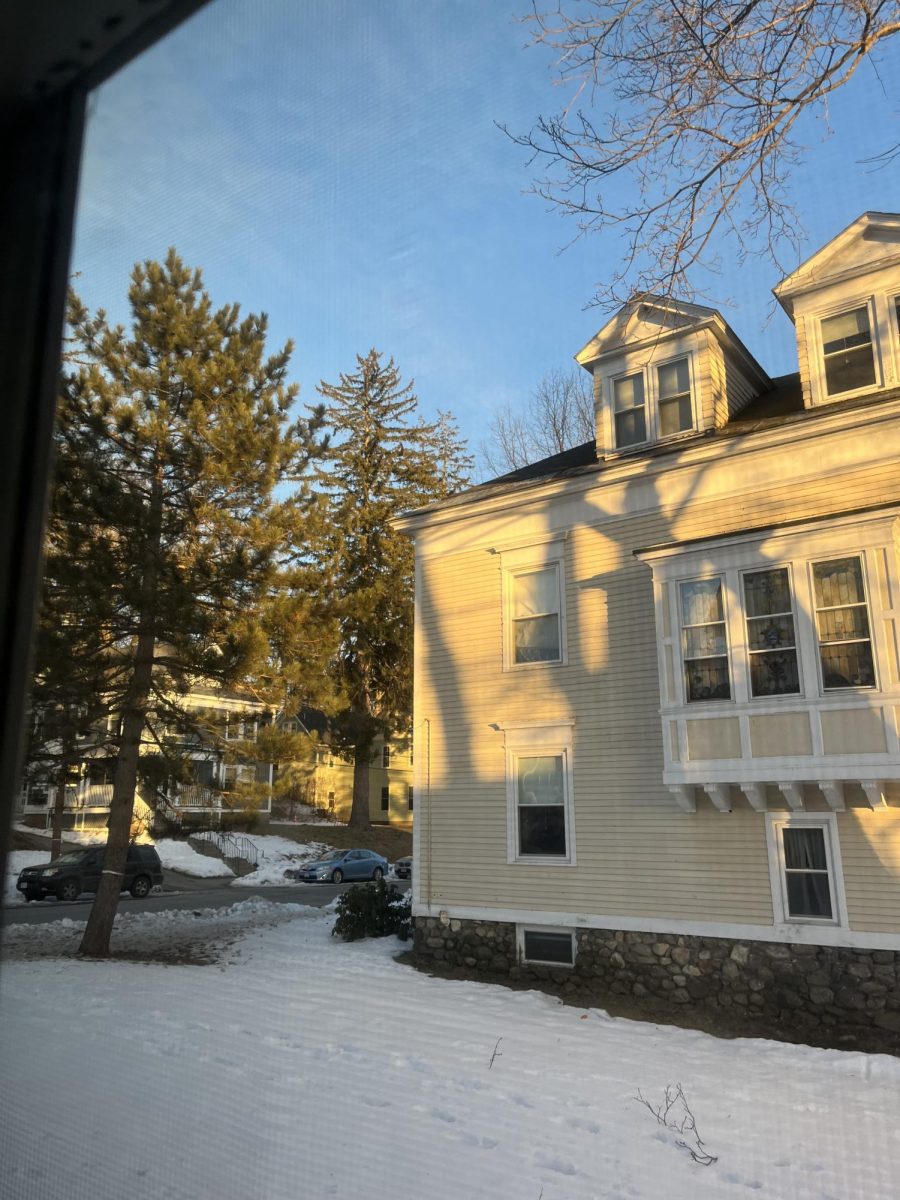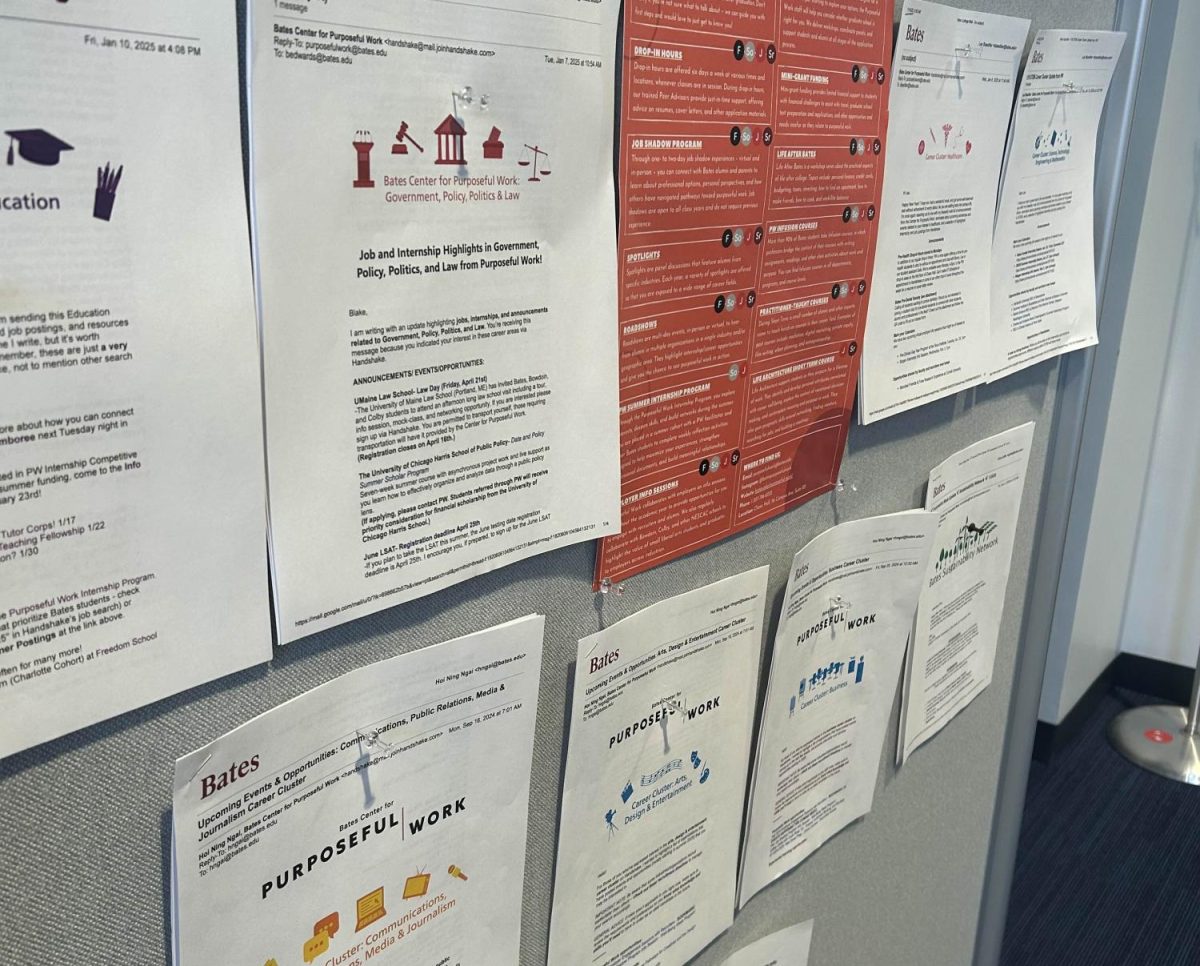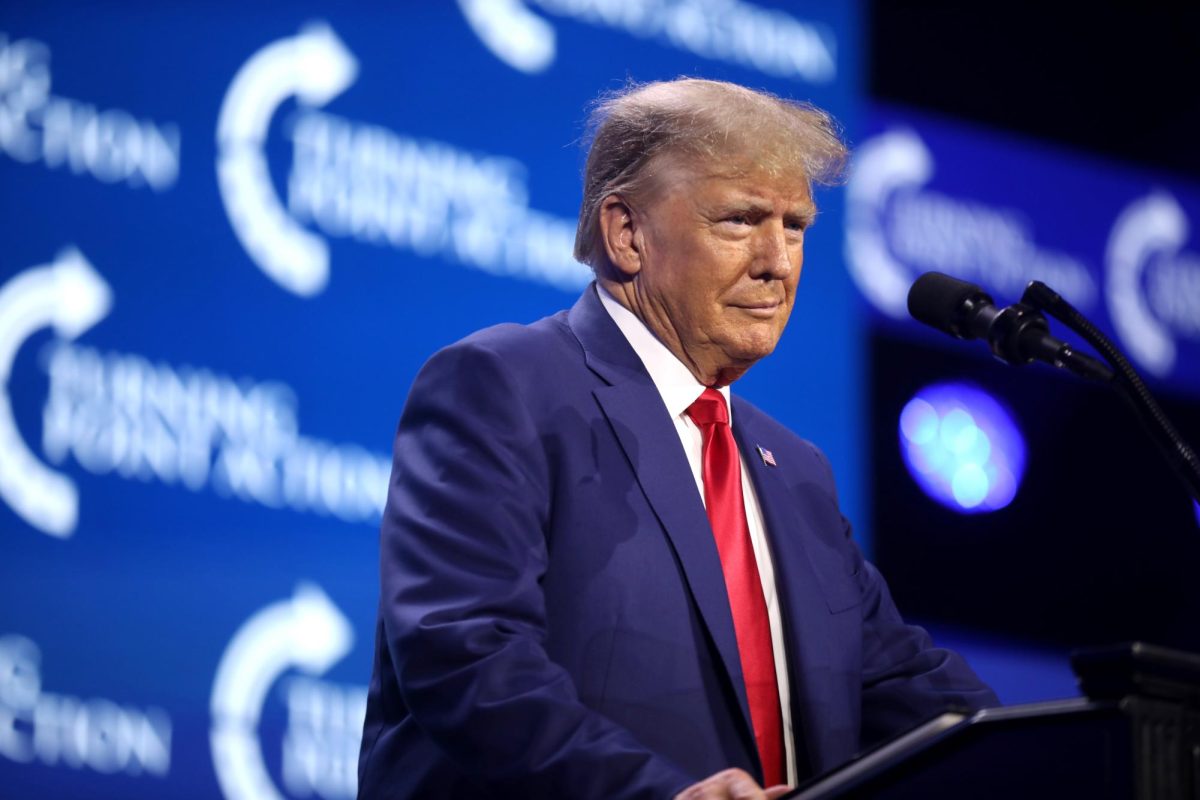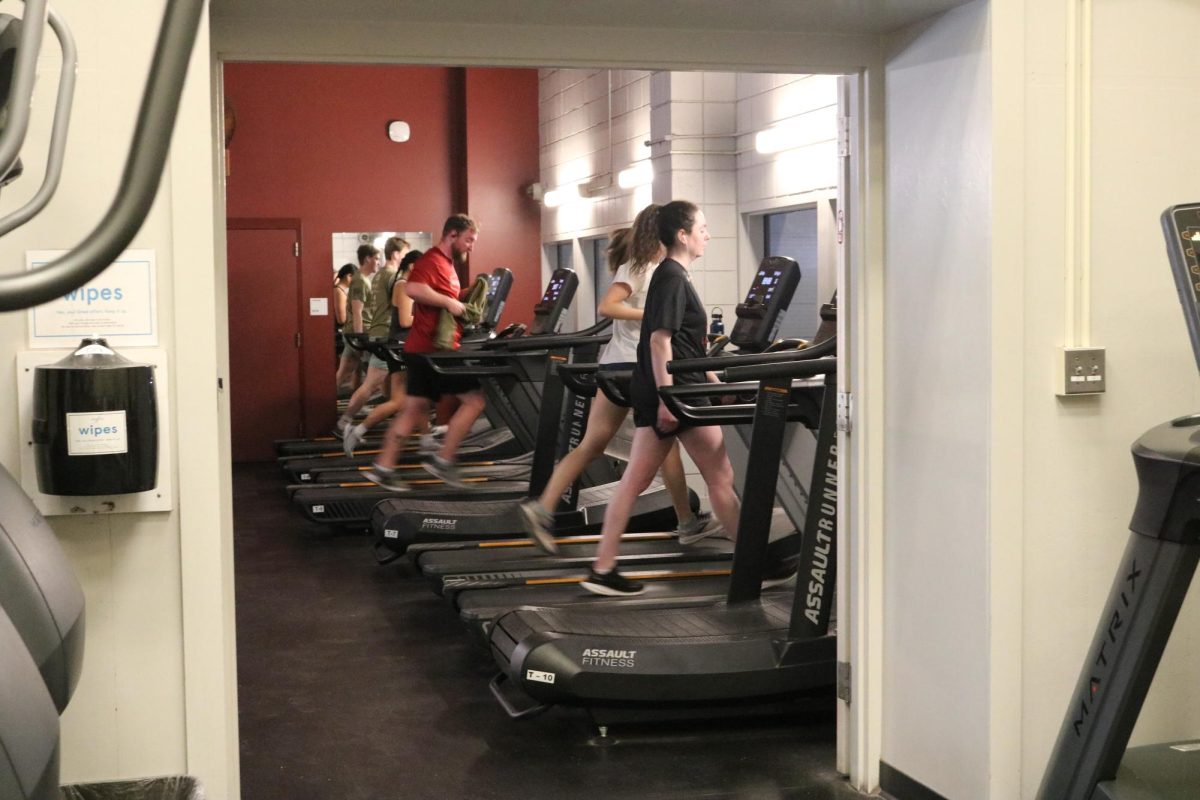 Six months after the mass shooting in Aurora, CO, and a month removed from the Newtown, CT, massacre, the Obama administration is finally considering legislation to improve federal gun control laws in the United States. A task force led by Vice President Joe Biden has been discussing options such as increased background and mental health checks for firearm purchases, improving techniques for tracking the sales and movement of guns via a national database, and instating more severe penalties for firearm-related crimes.
Six months after the mass shooting in Aurora, CO, and a month removed from the Newtown, CT, massacre, the Obama administration is finally considering legislation to improve federal gun control laws in the United States. A task force led by Vice President Joe Biden has been discussing options such as increased background and mental health checks for firearm purchases, improving techniques for tracking the sales and movement of guns via a national database, and instating more severe penalties for firearm-related crimes.
These changes would seem to appease the NRA and others that oppose gun bans since these measures do not restrict the types guns or ammunition that can be purchased. However, minor speed bumps for the purchasing of guns are not sufficient. Biden and the rest of the task force must realize that such a debate requires more than appeasement. There must be a drastic change in U.S. gun control policy in order to prevent further mass shootings and reduce the staggering gun homicide rate – a rate that is ten times higher in America than in any other NATO country.
Such an emotionally charged debate requires an objective, evidence-based approach. However, NRA seems unable to understand this. A week after the Newtown shooting, the NRA released a statement that recommended the placement of “armed police officers in every single school in this nation”. Vice President of the NRA, Wayne LaPierre, echoed this sentiment in a press conference by stating, “[t]he only thing that stops a bad guy with a gun is a good guy with a gun”.
Unfortunately for the NRA and other supporters of increased gun presence, the relevant statistics suggest that such an approach would be wholly ineffective. According to the Harvard Injury Control Research Center (HICRC) that specializes in researching and promoting effective gun policy, a review of academic literature reveals a clear trend: “where there are more guns there is more homicide”. This relationship holds true both intra- and internationally. Across the U.S., states with higher levels of gun ownership had higher levels of both firearm homicide and overall homicide. Across developed nations, the same trend exists: countries with more guns have more homicides. Note: see www.hsph.harvard.edu/hicrc/firearms-research for the relevant data.
This trend is very clear when comparing the United States to Great Britain, two similar countries with drastically different gun laws. Great Britain has strict firearm laws with only 6.7 firearms owned per 100 people, while the U.S. has 88.8 firearms per 100 people. Accordingly, in 2009 there were only 18 gun homicides in Britain (0.03 per 100,000 people) while in the U.S. there was an astounding 11,493 gun homicides (3.75 per 100,000 people). Note: numbers from www.gunpolicy.org.
It seems clear that the NRA’s suggested increase in gun prevalence will not be an effective measure at reducing gun violence. While it is possible that it may help to curb school shootings, one must not forget that Columbine High School had an armed guard on campus during the 1999 shooting that claimed the lives of fourteen students. One must also not forget that mass shootings are not restricted to schools, as evidenced by the December 11th mass shooting at an Oregon shopping mall.
Since more guns equal more gun deaths, the only reasonable policy option is to reduce the overall gun prevalence in the United States. The measures being considered by Joe Biden would certainly be a great start. But in addition, the Federal Assault Weapons Ban (AWB) that expired in 2004 must be revived. The law restricted the manufacturing of certain semi-automatic guns and enforced a limit of ten rounds of ammunition in a magazine. Admittedly the AWB was not as effective at reducing gun crime as was originally hoped, but this was mostly due to two glaring flaws. Firstly, the law’s overly conservative definition of an “assault weapon” led to the banning of only 18 specific firearms and allowed for gun manufacturers to modify weapons just enough to get around the ban. Secondly, the AWB did not address the fact that there were millions of assault weapons still out there. The AWB only banned weapons that were manufactured after the law went into effect; any weapon or “high-capacity magazine” bought beforehand was still legal.
Therefore, the U.S. should also institute a buyback of all semi-automatic weapons – a measure that was extremely effective at reducing gun crime rates in Australia.
In 1996, a mass shooting at an Australian resort prompted the passage of a ban for all semi-automatic weapons, as well as a buyback program in which the government bought over 600,000 weapons from its citizens. In a recent Washington Post blog post entitled “Did gun control work in Australia?”, Dylan Matthews succinctly summarized the resulting public health benefits in Australia: firearm homicides dropped by 59 percent between 1995 and 2006 with no increase in non-firearm-related homicides; robberies involving a firearm were significantly reduced; the number of home invasions did not increase, suggesting that firearm prevalence is not an effective deterrent for such crimes; and finally, there have not been any mass shootings since the law was passed (there were 11 in the previous decade between 1986 and 1996).
Moving away from gun policy, the oft-mentioned issue of mental illness and guns (while certainly pertinent) has been inappropriately exploited in the wake of the Newtown shootings. The mainstream media was quick to jump to baseless conclusions, especially in regards to rumors that Adam Lanza, the gunman, had been diagnosed with Asperger’s syndrome. While this alleged diagnosis has yet to be officially confirmed, Asperger’s has never been linked to violence. In fact, a statement from the U.S. Department of Health & Human Services released in response to these allegations cited several studies that suggest that those with Asperger’s and autism are less likely to engage in criminal behavior than the general public.
Even other mental disorders such as schizophrenia or bipolar disorder are not considered to be reliable risk factors for violent crime, nevertheless mass shootings. In 2006, the American Journal of Psychiatry published a study entitled “The Population Impact of Severe Mental Illness on Violent Crime” that investigated whether there was any link between violent crime and schizophrenia or other psychoses. After tracking almost 100,000 patients for 13 years, the study concluded that the risk factor for patients with severe mental illnesses was five percent. In other words, patients with such an illness commit only one in twenty violent crimes.
Bringing up mental illness in a gun control debate is merely a distraction from the real problem. The “debate” about increasing the mental health checks for gun purchasing is only a red herring used to avoid the tougher conversations.
David Hemenway, director of the HICRC, wrote the following an a column for the Huffington Post:
“Too often I have seen policy makers make decisions about guns which were dictated not by the scientific evidence but rather by emotion and special interests…this their policy decisions have often reduced rather than promoted public safety”.
Similarly, the United States is at a crossroads between scientific research suggesting a need for decreased gun prevalence and an opposition that relies on appealing to personal liberties. The available data and precedence suggest that stricter licensing laws leading to a decrease in gun prevalence and a ban on semiautomatic rifles would both contribute to a reduction in gun homicides. President Obama and Congress have an opportunity to enact legislation that would undoubtedly save countless innocent lives over the next few decades. Unless the necessary legislative changes are made, America will simply be forced to continue the unfortunate discussion of gun control after the next mass shooting.








